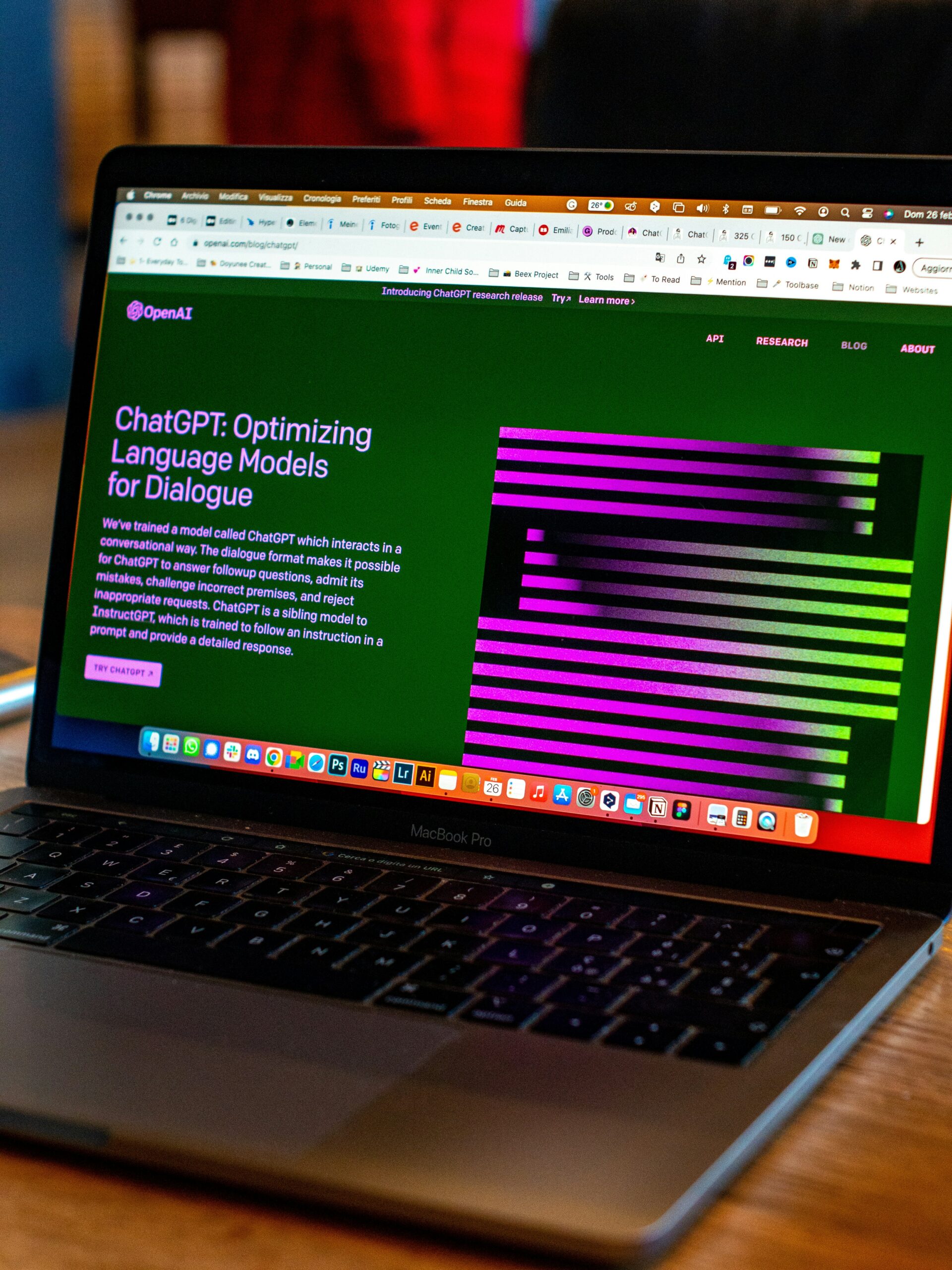Blogs
Why Do We Media Train Spokespeople? From a PR Perspective

In today’s digital-first media environment, a single interview, tweet, or offhand comment can define a company’s reputation for years. For businesses in regulated, complex, or rapidly evolving industries—particularly finance and technology—the ability to communicate clearly and strategically isn’t just an advantage; it’s existential.
Consider this: When a Fortune 500 CEO misspeaks during an earnings call, markets can react within minutes. When a tech founder gives an unvetted response about AI ethics, it can spark regulatory scrutiny. And when a financial services leader fumbles a crisis response, customer trust can rapidly evaporate.
Media training exists because, in an era of soundbites and viral moments, what you say matters just as much as what you do. Below, we’ll explore why this discipline is non-negotiable for modern businesses—and how the most effective organizations use it not just for defense, but for competitive advantage.
The Science of Message Consistency
Complex industries face unique communication challenges. Financial and technology spokespeople routinely discuss conceptually difficult topics—algorithmic trading, decentralized finance, machine learning models, or regulatory compliance frameworks. Without proper training, even the most knowledgeable executives tend to make one of two mistakes: either overwhelming audiences with technical details that lose their attention or oversimplifying to the point of creating dangerous knowledge gaps that breed misinformation.
Effective media training teaches the nuanced art of “explaining”—maintaining precision while making complex concepts accessible. For instance, a blockchain CEO might describe “consensus mechanisms” to mainstream media as “digital notaries” rather than using industry jargon. Similarly, a CFO discussing derivatives could frame them as “insurance policies for investments” rather than referring to “credit default swaps.”
The financial impact of message discipline has been well-documented in capital markets research. Studies of earnings call transcripts consistently show that when company spokespeople deviate from core messages or struggle to articulate clear positions, it correlates with increased stock volatility in subsequent trading. Financial analysts particularly penalize mixed signals or unclear guidance, as markets tend to interpret inconsistent communication as reflecting some kind of deeper uncertainty.
Training prevents two particularly costly errors: overpromising, such as a fintech leader prematurely declaring “regulatory approval is imminent”, and speculative commentary, like a venture capitalist estimating market sizes without supporting data, triggering skeptical analyst reports.
Building and Protecting Reputation
Recent corporate history provides sobering examples of how quickly public perception can shift due to communication missteps. In the financial sector, a major bank’s offhand reference to “cost optimization” was interpreted by markets as signaling massive layoffs, erasing $2 billion from its market capitalization in a single trading session. The technology world has seen similar scenarios, like when a founder’s dismissive tone regarding data privacy concerns led to a 30% decline in B2B contract renewals.
Professional media training serves as a vaccine against these reputation risks by focusing on both verbal and non-verbal communication. It teaches the critical difference between saying “We’re investigating the breach” (which conveys calm competence) versus “This wasn’t our fault” (which reads as defensive and evasive). Equally important is mastering non-verbal cues—understanding how crossed arms during a CNBC interview can undermine credibility, or why “vocal fry” (the trend of lowering the register of one’s voice to give it a creaky quality) distracts audiences from substantive messages.
Crisis Simulations: Preparing for the Inevitable
Statistical reality suggests that preparation isn’t paranoia—it’s prudent. PwC research indicates the average company faces a reputation-threatening crisis every four to five years. Media training transforms theoretical crisis plans into instinctive responses through rigorous preparation techniques in crisis and issues communications.
This preparation includes war-gaming exercises that simulate hostile interviews with journalists, teaching spokespeople to maintain composure under fire. Participants learn bridging techniques to pivot deftly from problematic questions (“Why did this happen?”) to constructive messages (“Here’s how we’re fixing it”). Speed drills condense key messages into nine-second soundbites tailored for today’s accelerated news cycles.
The value of this preparation becomes clear in real-world scenarios. Consider a SaaS company facing a data breach where its media-trained CTO followed an established framework: First expressing empathy (“We know this impacts the trust you’ve placed in us”), then providing actionable clarity (“All users will receive free credit monitoring by end of day”), and finally focusing forward (“This has accelerated our zero-trust architecture rollout”). The result was 68% positive sentiment in coverage compared to just 22% for competitors facing similar incidents.
Maximizing Media Opportunities
Not all media interactions are about damage control. Earned media is a powerful tool for brand-building, investor relations, and industry leadership. A skilled spokesperson can elevate their company’s profile, attract positive coverage, and strengthen stakeholder trust by delivering compelling narratives with confidence.
Imagine a CFO discussing quarterly results. A media-trained executive will highlight growth drivers clearly and persuasively, while an unprepared one might stumble over data, leaving analysts with doubts. By mastering media engagement, spokespeople turn interviews and public appearances into strategic opportunities rather than potential liabilities.
Conclusion: Media Training as a Strategic Investment
For businesses in finance, tech, and beyond, media training isn’t about scripting every word—it’s about empowering spokespeople to communicate with clarity, confidence, and impact. Whether shaping public perception, mitigating crises, or seizing PR opportunities, a well-prepared spokesperson is one of the most valuable assets a company can have.
Investing in media training isn’t just risk management; it’s reputation capital. And in industries where trust is currency, that’s an ROI worth prioritizing.
Latest News



